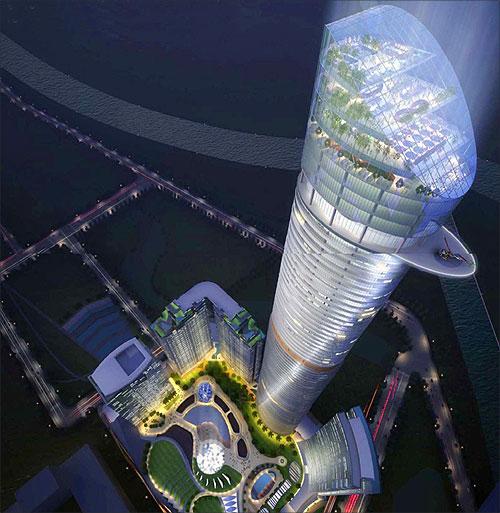
It's an elite but closed group. Bhupesh Bhandari analyses the list of India's richest people.
Real estate developers in Noida are slated to hand over 30,000 flats to buyers in 2013.
These are mid- to up-scale flats. Let's assume that each costs, on an average, Rs 60 lakh. That makes these flats worth Rs 18,000 crore.
Most buyers will give up their life's savings to buy these flats, and some others will take loans they will repay for the rest of their working lives.
One Indian can pay cash down to buy the entire lot at one go; in fact, he can purchase similar lots for another five years.
...
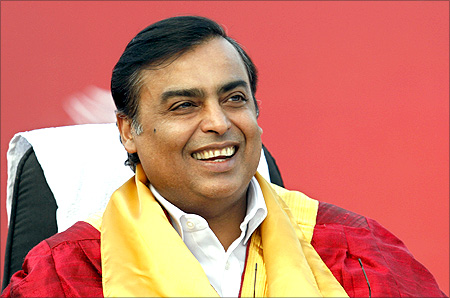
At the end, he will still have a few thousand crores left to take care of him in his old age. Mukesh Ambani, 55, was, after all, worth Rs 111,494 crore in December 2012.
There are 17 others in the country with enough wealth to buy the 30,000 Noida flats.
Apart from Ambani, four others (Sunil Mittal of Bharti Airtel, Azim Premji of Wipro, Anil Agarwal of Sterlite and Dilip Shanghvi of Sun Pharma) can afford to make such purchases at least twice over.
...
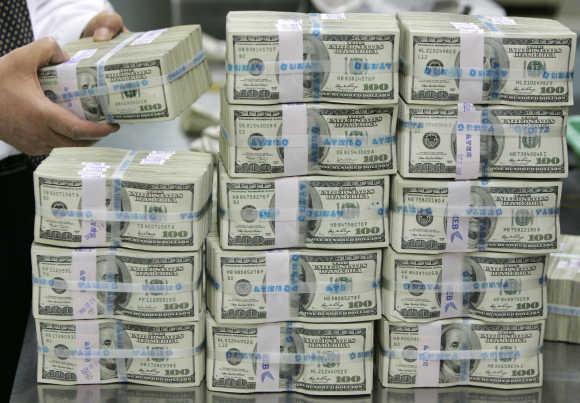
There were in the country 46 men worth more than a billion dollars (at the exchange rate of Rs 55 to a dollar) in December 2012.
In December 2010, when the rupee was at 45 to a dollar, there were 58 such billionaires.
They were 48 in August 2007 (rupee at 40.5 to a dollar), 23 in August 2006 (46.42), 6 in August 2004 (46.3) and 9 in July 2000 (45).
...

They are all members of an elite group: The Billionaire Club. The combined net worth of India's hundred richest businessmen is Rs 1,112,628 crore.
If all of them get together, they can buy out fully a large corporation like Samsung and pay off the entire external debt of Mexico.
Blessed by the stock market boom of recent years, they provide jobs to millions and charity to the poor, and, like the Maharajas of yore, patronise merchants of luxury from around the world.
...

Competition at the top is intense, and it's getting tougher and tougher to get into the coveted list of India's top billionaires.
In July 2000, Anu Aga of Thermax was the last entry on the top-100 list with a net worth of Rs 137 crore. (Sensex at that time was at around 4250.)
In August 2004, the cutoff had more than doubled to Rs 279 (Gopiram and Balkrishna Goenka of Welspun were 100th; Sensex by then had risen to 5200). In August 2006, it had shot up to Rs 998 crore (Analjit Singh of Max India; Sensex was at 11700).
In August 2007, it almost doubled to Rs 1,988 crore (Karsanbhai Patel of Nirma; Sensex now stood at 15100).
...

In December 2010, Raghav Bahl of Network18 took the 100th slot with Rs 2,210 crore. (Sensex was at 19800.)
In December 2012, the cutoff fell a little to Rs 1,927 crore (Bhadresh Kumar Shah of AIA Engineering), as Sensex was at around 19500.
Where do these billionaires come from?
The latest list of 100 top billionaires has maximum entries from the pharmaceutical and healthcare sector (15), followed by automotive (11), real estate (10), commodity (9), information technology (8), engineering/infrastructure (8), finance (6) and FMCG (6).
...
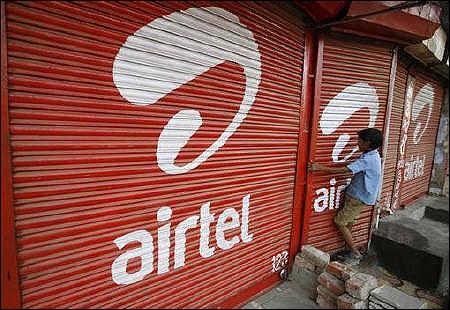
Telecom and retail, sunrise sectors not so long ago but now beset with serious problems, have only two billionaires each.
All told, the 100 businessmen represent 23 sectors; it means there is a fairly diversified base of billionaires in the country.
Most of them come from productive economic activity and not from cozy relationships with the government. Compare this with Russia where almost 40 per cent of the billionaires, the Oligarchs, have primary interests in oil & gas, metals and coal & mining" the natural resources sectors.
...
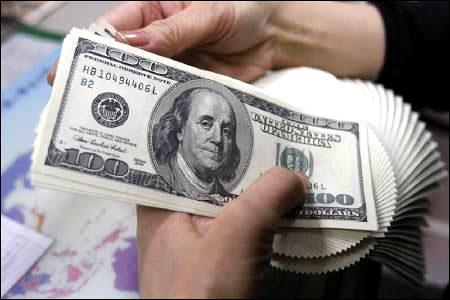
But there is concentration of wealth even amongst billionaires. Thus, 10 billionaires account for 46 per cent of the net worth of the 100, and 25 add up to 69 per cent.
The last 25 hold just 5 per cent of the total net worth. This might be an imbalance but the situation is not as bad as, say, in Mexico.
There, Ruchir Sharma tells us in his book, Breakout Nations (Allen Lane, 2012), top ten business families control all industry. It helps them extract high prices from consumers and thus report huge profits.
...
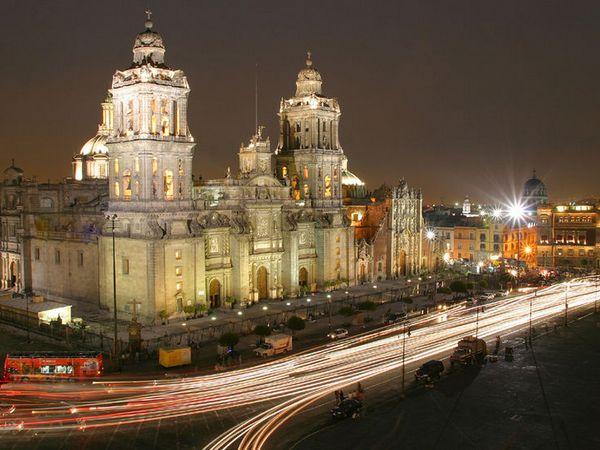
This may have led to the rise of Mexican multinationals like Cemex, but has enhanced the oligopolistic structure of business there.
Private monopolies control 50 to 80 per cent of the beer, telecom and cement markets in that country.
Private cartels, says Sharma, "produce 40 per cent of the goods that Mexicans consume and charge prices that are 30 per cent higher than international averages". The top ten Mexican families account for more than a third of the country's stock value.
...

Sharma says that any country that produces too many billionaires, relative to its size, is in all likelihood off balance.
"If the average billionaire of a country has amassed too much wealth, not just billions but tens of billions, the lack of balance can lead to stagnation," says he.
As of today, according to Sharma, "many of India's super rich still inspire national pride, not resentment, and they can travel the country with no fear for their safety," but this "genial state of affairs could change quickly".
...
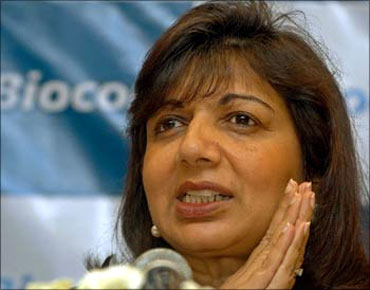
Concentration of wealth and economic power can cause public angst to rise. There is widespread public angst in India, but it is aimed at the political class, not the business elite.
One imbalance on the list is that there are only three women on it " Anu Aga (position: 54, net worth: Rs 4,487 crore), Madhu Kapoor (she shares the 58th slot with Rana Kapoor of Yes Bank, net worth: Rs 4,251 crore), and Kiran Mazumdar Shaw of Biocon (position: 65, net worth: Rs 3,485 crore).
Sharma also makes the case that there should be a regular churn in the ranks of billionaires; or else, stagnation sets in.
...

Evidence suggests the churn has reduced in India over the years.
The 2004 list of top ten had five new faces when compared to 2000 (those who fell off the list included B Ramalinga Raju and Rama Raju of Satyam Computers).
But in 2006, compared to 2004, there were only three new entries. The number fell further to just 2 in 2007, before rising to 3 in 2010 and sliding back to 2 in 2012.
...
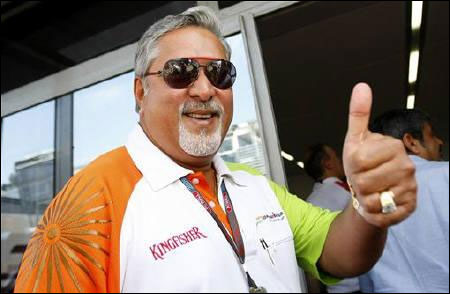
The top gainers in December 2012, vis-a-vis December 2011, were Dilip Shanghvi (Rs 15,129 crore), Mukesh Ambani (Rs 10,392 crore), Habil Khorakiwala of Wockhardt (Rs 9,888 crore), Shiv Nadar of HCL (Rs 9,641 crore), and Ashwin Choksi, Ashwin Dani and Abhay Vakil of Asian Paints (Rs 8,155 crore).
Vijay Mallya, in spite of all the troubles he has had with Kingfisher Airlines, saw his net worth rise Rs 7,948 crore, from Rs 6,263 crore in December 2011 to Rs 14,211 crore in December 2012.
...
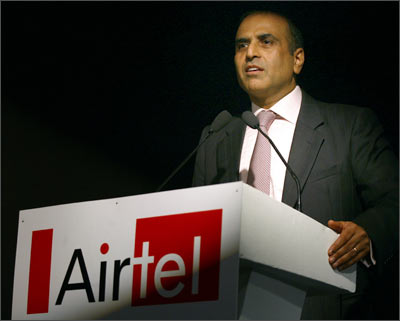
The man who lost the most was Sunil Mittal (Rs 8,559 crore), the poster boy of India's telecom revolution.
With the sector in a downward spiral, the Bharti Airtel stock fell 8 per cent in 2012, causing this loss to its chairman. Still, Mittal was second on the list.
He was followed by Azim Premji of Wipro (down Rs 3,957 crore), Naveen Jindal of Jindal Steel & Power (Rs 3,767 crore), NR Narayana Murthy of Infosys (Rs 11,045 crore) and Brijmohan Lall Munjal of Hero MotoCorp (Rs 928 crore).
...
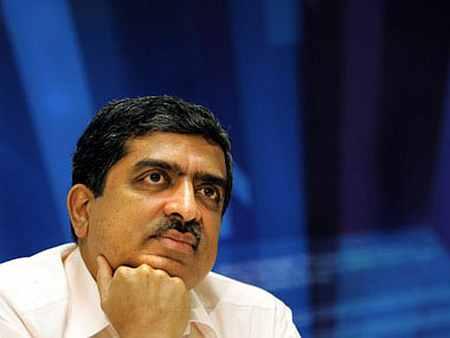
In fact, all promoters of Infosys have seen serious erosion in their net worth in the last one year: Nandan Nilekani (Rs 805 crore), S Gopalakrishnan (Rs 798 crore), Dinesh Krishnaswamy (Rs 587 crore) and SD Shibulal (Rs 515 crore).
All told, 18 businessmen lost wealth during the year.
Real estate developers have seen their wealth savaged mercilessly in the last few years. Kushal Pal Singh of DLF, with net worth of Rs 90,821 crore, was the third-richest Indian in August 2007; in December 2012, his net worth had crashed over 70 per cent to Rs 26,916 crore and he had slipped to the 7th spot.
...
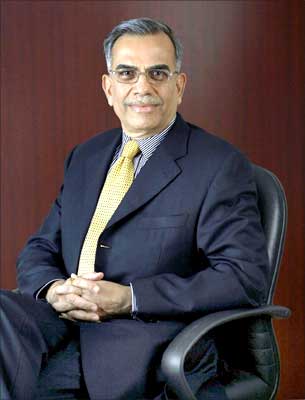
The wealth of Ramesh Chandra of Unitech has melted over 85 per cent from Rs 30,138 crore to Rs 4,314 crore during the period.
As a result, his rank has fallen from 7 to 56. Rohtas Goel of Omaxe has tumbled from the 38th spot to the 82nd (net worth has eroded from Rs 4,922 crore to Rs 2,570 crore), PNC Menon of Sobha Developers has fallen from 42 to 90 (Rs 4,709 crore to Rs 2,228 crore), and Ashok Kumar Ruia of Phoenix Mills has slid from 79 to 88 (Rs 2,621 crore to Rs 2,290 crore).
...
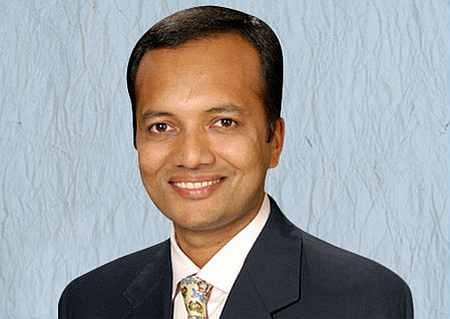
No less interesting is the list of the country's 100 highest-paid executives: as many as 74 of them are promoter-CEOs of their companies.
The list is topped by Naveen Jindal who took home Rs 73.42 crore in 2011-12 (2010-11: Rs 67.21 crore). There are only four expats on the list, which shows that overseas CEOs no longer command a premium in India.
Seventy-eight of the 100 executives saw their pay package rise between 2010-11 and 2011-12, while 19 saw it fall and three saw no change. The world of billionaires knows no slowdown.